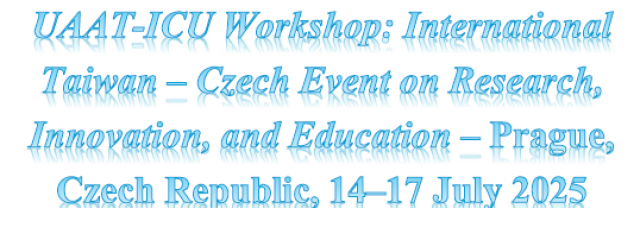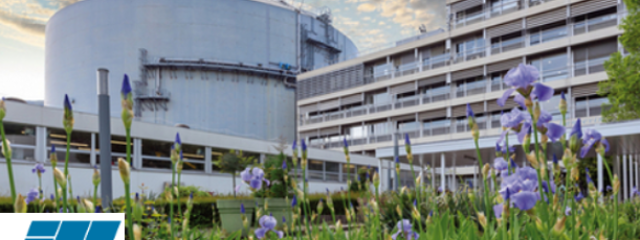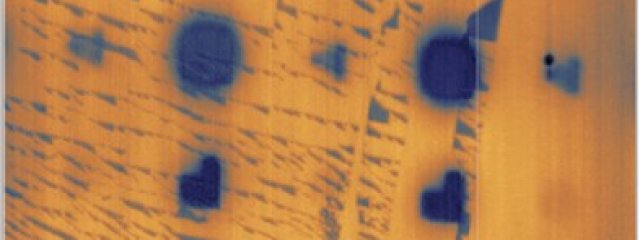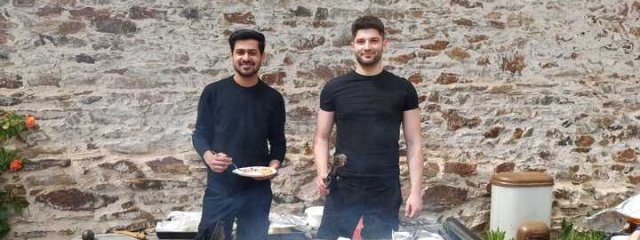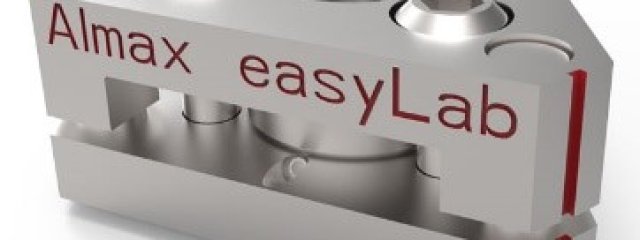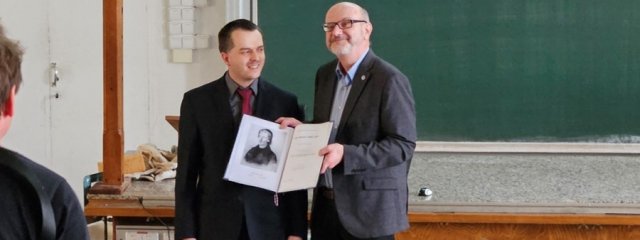News
The Department of Condensed Matter Physics has expanded with a new research group, Quantum Information and Thermodynamics, led by Ing. Dominik Šafránek, Ph.D. The group, funded by two prestigious grant — Primus and Junior Star—will focus on developing a novel method for quantum tomography based on the quantum Bayes’ theorem. This method will serve as a diagnostic tool for quantum technologies, including quantum computers, sensors, and cryptographic devices, enabling the identification of sources of error and thus improving their implementation.
The Charles University Grant Agency has published the final evaluations of its funded projects. We are pleased to share that the project ‘Electrical and magnetic properties of rare-earth iridates under extreme conditions’ (no. 148622), solved by Mgr. Daniel Staško, Ph.D., received the rating ‘exceptionally good’.
Theory department members contributed to a complex DFT-based study of the van der Waals magnetic material VI₃, revealing how its specific easy axis direction is linked to lattice distortions and exceptionally high orbital momentum. The obtained solution has specific electronic level occupations that exhibit clear signatures observed in XMCD spectrum. XMCD and XAS measurements confirmed the predicted high-orbital-momentum electronic state in real samples.
In the term of 14th - 17th July 2025 the UAAT-ICU Workshop: International Taiwan–Czech Event on Research, Innovation, and Education takes place in Prague, Czech Republic. This workshop marks significant moment in the growing scientific collaboration between the Czech Republic and Taiwan.
The annual Scientific Members Meeting of the Institut Laue-Langevin (ILL; Grenoble, France) took place in Paris on 19th June 2025. The main topics of the agenda included recent scientific and technical developments at the ILL, covering the advancement of experimental infrastructure, nuclear reactor operation, and strategic plans for the facility's future development. ILL directors provided updates to the representatives of the member countries on progress in key areas, with particular emphasis on the recently approved extension of ILL operation until 2033. This was followed by a professional discussion on the presented topics.
Researchers from the groups of Klára Uhlířová and Tim Verhagen have become the first to discover moiré ferroelectricity in single crystals of chalcogenides with incommensurate crystal structures. The phenomenon was first identified during the work on a bachelor thesis, though the path to publication was a longer journey including detailed crystal structure characterization. A key strength of this discovery is that, unlike artificially engineered moiré lattices, ferroelectricity can now be studied in naturally grown single crystals with ultimately clean interfaces. Local material polarizability was demonstrated using piezoresponse force microscopy, and further studies—carried out during master’s and doctoral research—explored polarizability using electron beam lithography. A subsequent study even revealed catalytic behaviour linked to specific polar domain orientation. Electrical transport and other physical properties of these materials are currently under further investigation.
Last Saturday, there was a Garden party organized by our group head Ross Colman for (not only) our department colleagues in Tuchotice yard. This already traditional meeting complements our friendly collective relationship on more informal basis and brings more open atmosphere within our group.
In last months we have succeeded in implementation of a new experimental method - measurement of structural parameters upon application of high pressure. This method uses the commercially bought diamond anvil pressure cell (DAC) from Almax easyLab bv company in combination with the Rigaku Rapid II diffractometer in our X-ray laboratory. The nominal pressure of the cell is 20 GPa. Nevertheless, the highest pressure reached so far with real sample and measured XRD pattern was 30 GPa. By using this cell we are able to obtain pressure dependence of the lattice constants and distinguish a pressure-induced structural transition or sign of the pressure-induced valence transition.
The Bernard Bolzano Endowment Fund Prize was awarded to Michal Vališka on March 12, 2025, for his outstanding contributions in research of unconventional superconductor UTe₂. This recognition follows the publication of key findings in PNAS, Nature Communications, and other high-impact journals, which resulted from a fruitful collaboration between our department and the University of Cambridge. The award was presented by doc. Mirko Rokyta, Dean of the Faculty of Mathematics and Physics.
On Monday 27th January 2025, our PhD student Daniel Staško successfully defended his doctoral thesis, completing his study cascade at our department and faculty. His research path began in 2017 within the student faculty project and was followed by his bachelor thesis and his master work. In 2020, Daniel, together with his supervisor Milan Klicpera, delved into the study of frustrated pyrochlore oxides. This research culminated in the successful defence of his doctoral thesis "Crystallographic and electronic properties of rare-earth A2B2O7 oxides under extreme conditions".




